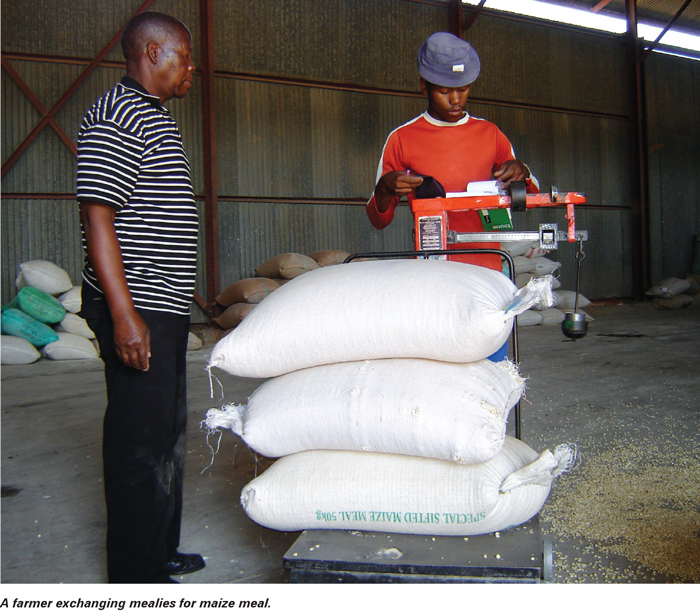The art of MARKETING your maize
April 2020
It is fair to say that many maize farmers have had a near perfect 2019/2020 summer season, and many are still faced with the challenge of marketing their crop for the best possible prices. In truth, many farmers would already have done a good deal of the required marketing throughout the growing season as they have assessed the potential of the crop and monitored prices on the futures exchange.

HOW DOES ONE BEST POSITION ONE’S MAIZE CROP FOR MARKETING?
- Begin at the beginning – focus on caring for the crop from the minute the seed is in the ground and make sure the maize crop is not compromised by having to compete with weeds. This is especially important in a wet season as the weed competition, as well as pests and plagues, occur far more easily than normal. Once weed infestations get out of hand, they can cost the farmer a lot of money in loss of crop potential.
- If a farmer is marketing maize on the futures exchange, it’s important not to wait right until harvest time to make marketing plans. This is when prices are traditionally at their lowest. A good rule of thumb once potential yield has been determined, is to market the crop in three batches i.e. one third, one third and one third. So, if the estimated crop is 3 t/ha then market 1 ton, 1 ton and 1 ton. It is possible to fix your first third even before planting – especially if coming from a year of high prices caused by e.g. drought and low stocks. (Very important: Your local agribusiness should have experts ready to give advice and actually assist with this process as they can fix prices on your behalf. The same facility is applicable to the marketing of a sunflower crop).
- Generally, it is a good idea to fix the next third when the maize crop reaches the tasselling stage, and the final third can be fixed either at hard dough stage or during harvesting.
- This marketing process does imply specific marketing costs for the farmers as by using an agent or broker, the farmer has effectively transferred the marketing and price volatility risk to the agent. They protect themselves in turn by hedging the tons fixed with them. The farmer then covers these hedging costs.
- If trading grain on the futures markets the following costs apply (as at 10/02/2019): The initial margin cost on fixing 1 ton of grain for a future price costs R328/ton. A farmer has to fix a minimum of 100 tons at a time i.e. one contract = 100 tons maize. So, one contract will cost a farmer R328 000. There are many complex aspects to this way of marketing grain, commercial farmers need to talk to experts and make it their business to understand this environment, so they have the best opportunity to secure the best prices.
- Alternatively, the cheapest way to market maize is to deliver grain to a buyer and be paid a spot price – this is effectively the cash price for that day – it applies at that moment and could be different by the following day. This will effectively eliminate marketing costs as well as storage costs. The only costs to the farmer will be whatever handling fees are incurred at the point of sale.
CONCLUSION
Every farmer has to decide for himself what he can afford in terms of marketing costs and price risk. The bottom line is farmers must plan their marketing strategy. It is important to know where, when and how the maize crop will be sold off.
Publication: April 2020
Section: Pula/Imvula
